1973 Toyota Celica Fastback
1971-1977 Toyota Celica - Buyer's Guide
Presented by
Early Toyota Celicas still offer solid value for money
1971-77 Toyota Celica
The new kid from Toyota had a tough time when it arrived in Australia. The locals with their six-cylinder engines said it wasn't macho enough to succeed here, the Italians just sneered that it couldn't match their heritage.
However it was the poor old Ford Capri that took the biggest hit. Realising this hot-looking hardtop from Japan was going to make its mid-sixties shape look pretty damn ordinary the Capri handed over its class leader crown and by 1973 was gone from our market.
The first Celicas were very much the fore-runners in a trend towards, smaller US-style Hardtops. Nothing else of its size on the Australian market came with pillarless two-door styling, yet within a few years we had similar designs from Datsun, Mazda and Subaru.
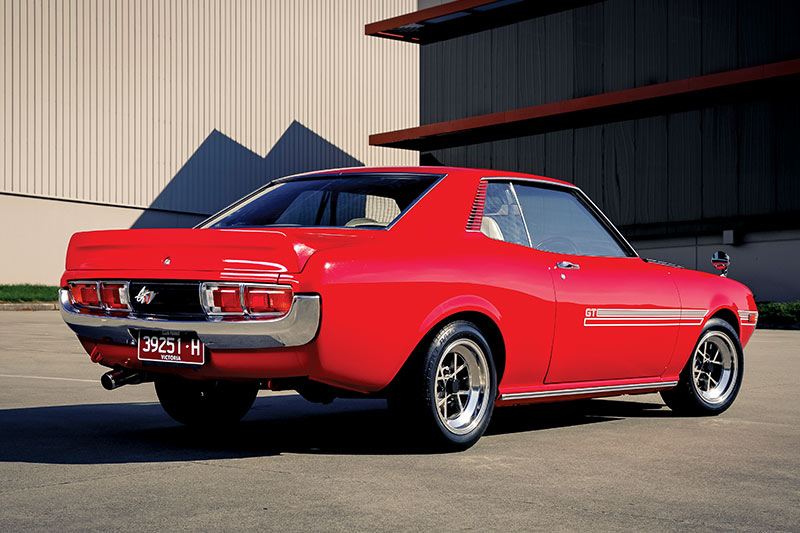
The Celica was expensive when pitted against local models like the six-cylinder Torana and even V6 versions of the Capri. However Toyota's sights were set on the emerging 'personal car' segment where style and features were bigger selling points than how quickly you could screech away from the traffic lights.
Of course the TA22 Celica wasn't without fault. Performance from the single-cam 1.6 litre was a bit lacking, particularly noticeable when it was teamed with automatic transmission and the steering via a clunky old recirculating ball system wasn't sporty at all.
The stuff that made Celica buyers feel like winners included full carpeting even in the boot, a standard five speed manual gearbox, reclining seats and clever ventilation.
The styling undoubtedly made the TA22 look exclusive and worth its $3600 asking price – $650 dearer than a GTR Torana.
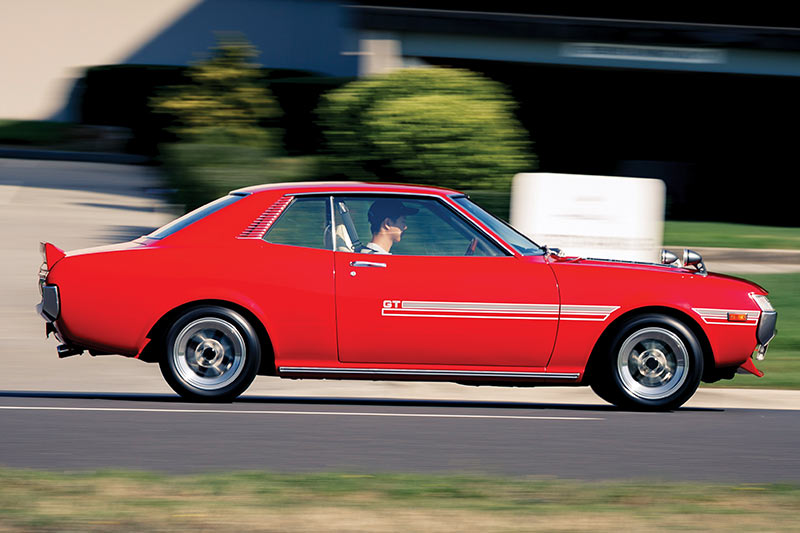
Change was afoot behind the scenes as well. In 1973 the Toyota factory displayed a Celica with a 2.0-litre engine and fastback styling that would immediately be dubbed the 'mini Mustang'.
The RA28 Celica was officially known as the Liftback and didn't make its Australian debut until 1977. This version incorporated a 1975 restyle but arrived here with just the single overhead camshaft engine. Some overseas markets managed to snare the 100kW twin-cam and cars that have been retrofitted with that engine certainly are a lot sharper in performance than standard Celicas. RA23 versions of the coupe sold here after 1976 also had the 2.0-litre engine.
In 1979 a conventionally-shaped Celica twin-cam became the unlikely hero of that year's Bathurst 1000 enduro. Fitted with a bulky and performance sapping 'Racecam' the Celica driven by Peter Williamson and Mike Quinn put viewers inside the car on its way to winning the Class C trophy. The Celica took back-to-back Class C victories, though the second time it was Graeme Bailey and Doug Clark behind the wheel, knocking off Alfa GTVs and Triumph Dolomites.
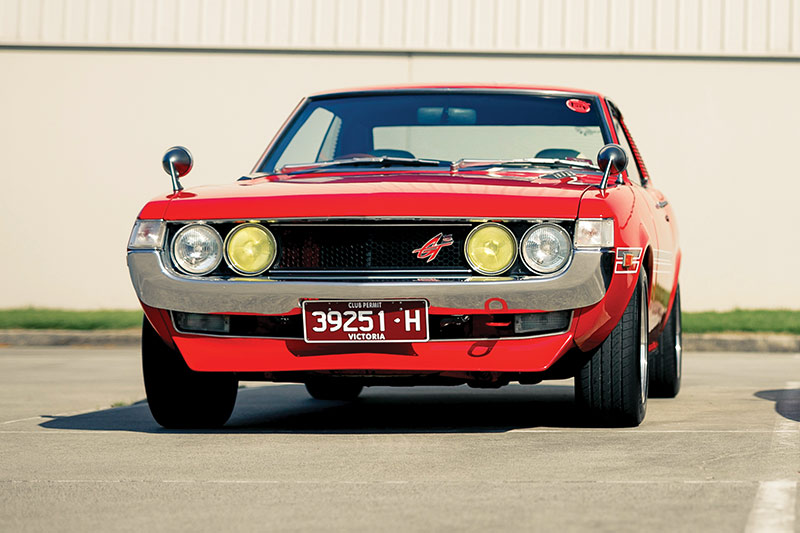
By then though the RA23/RA28 cars were gone and had been replaced by the bulkier, slower and (today) less-desirable RA40.
MARKET REVIEW
Not many years ago it was easy to find early Celicas in our market, with the majority being the 'Mustang' shaped Liftbacks. Numbers of available cars have been waning for a while and we suspect that is largely because current owners just do not want to sell.
When they do, $25-30,000 is the usual asking price and that is a lot less than the amounts being paid by mainly US-based collectors at Japanese auctions. Cars in the typical Australian price range are virtually non-existent and those at in the A$30-40,000 range are generally rubbish. Sourcing a good early Celica from Japan can cost $40,000-plus and that doesn't include freight or local charges.
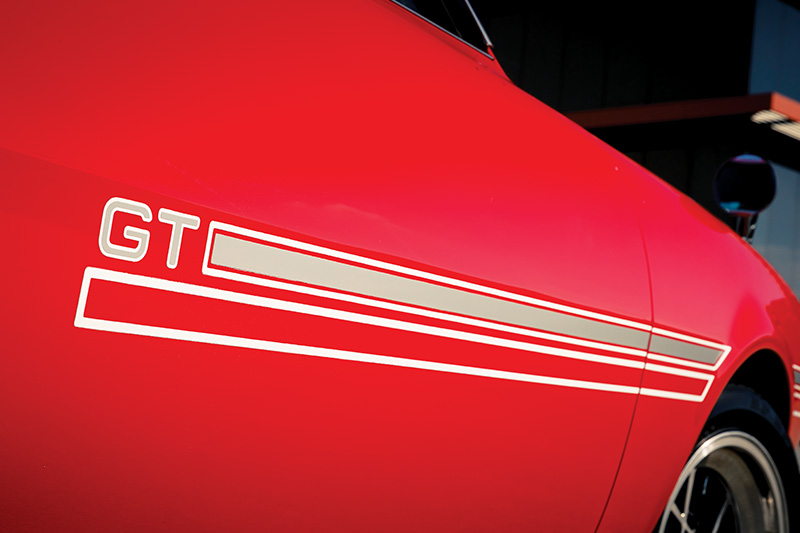
Early-shape TA22 cars spent years being ignored and undervalued and are now very scarce. Where a rusty or damaged Liftback was probably saved from the crusher there is
every chance a basic hardtop was not and they are now hard to find.
Owner Ash Miniken and his dad have spent their lifetimes building cars of all different origins. From Minis to the odd Aussie classic, with some Euros in the mix – but the Celica is a relatively recent love affair.
"I had kind of gotten a bit over the car scene around 10-15 years ago, things were a lot more segregated back then". That was until he went to a little annual car show called Classic Japan.

"I just loved that there were Nissan guys talking to Toyota guys, talking to Honda guys, talking to Suzuki guys… that culture that was there in the Japanese car culture really shone through".
The inclusive atmosphere of the vintage Japanese community really resonated with Ash, who promptly joined the Toyota car club and became one of the key organisers of Classic Japan.
At the same time, Ash's then-partner had the same model Celica, and as he was rebuilding the engine for her – he began learning and researching – and began to get the inkling to find one of his own.

"Another guy in the club actually built this car, had just resprayed it… He had got it to a good level, I just thought it had so much more potential.
"I always kept saying, if you ever want to sell it, just let me know, I'd love to have the opportunity to have a chat with you".
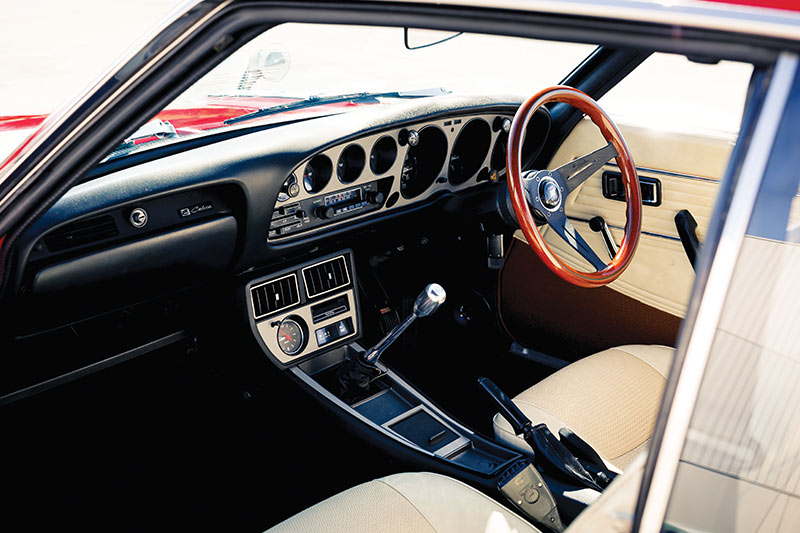
Six months later the owner and Ash were at a show where the owner said he was thinking of selling it. A week later Ash went for a drive and the rest is history.
"Certain parts are getting harder to find, but talk to the clubs. Someone will always have parts sitting in the garage," he advises.
Value range: Toyota Celica (liftback)
Fair: $9500
Good: $18,000
Excellent: $30,000
(Note: concours cars will demand more)
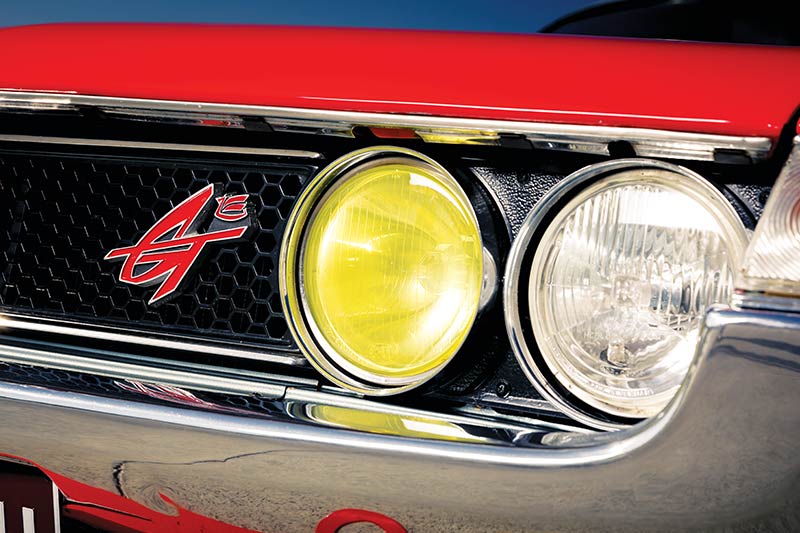
Toyota Celica Buyer's Checklist:
Body & Chassis
The TA22 hardtop weighed only 970kg - the Liftback 100kg more – so not much metal there to resist impact damage or rust. Trying to locate second-hand sheet metal for any
pre-1990s Celica is a nightmare and decent parts if they do exist won't be cheap. A pair of doors, unsold at $800, were the most promising find. One Australian vendor with a yard full of ratted cars claimed to have most parts but you do wonder if they would be any better than those you're trying to replace. Lights and chrome body embellishments aren't too difficult to source or especially expensive. Decent bumpers needing chrome cost $50-150 each. Also available are reproduction build plates – not compliance! – for early Celicas and other Toyotas.
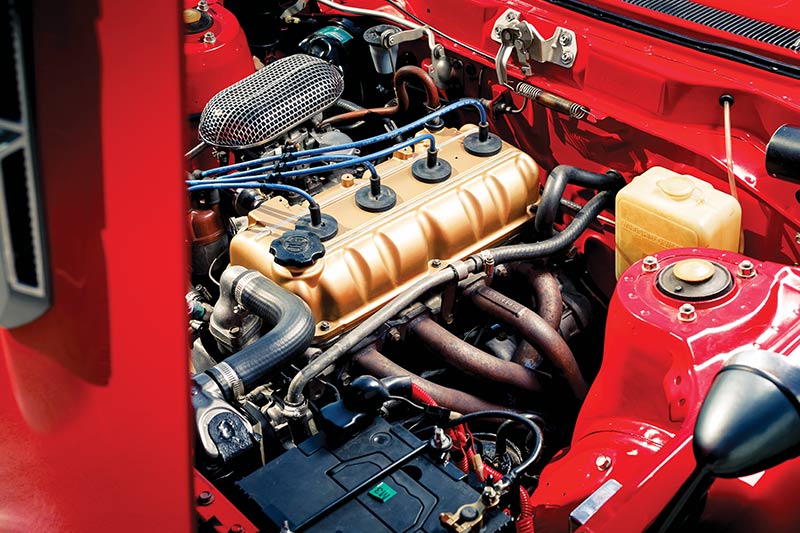
Engine & Transmission
If finding body panels for old Celicas is a chore then tracking down mechanical components is a relative delight. Local searches turned up basic items from various sources however the US market is a treasure trove for keenly-priced parts. Around A$1200 buys everything needed to recondition an engine including new pistons, bearings, timing gears and chains, a water-pump and gaskets (but not valves or the crankshaft). Engines that blow smoke and rattle at start-up need a bottom-end rebuild. Accelerate hard in second gear then lift off to check if the car jumps out of gear.
Suspension & Brakes
Simple coil spring and strut suspension didn't do great things for Celica handling but did make maintenance very simple. Tauter springs and uprated shock absorbers are available however going too far will destroy the car's ride and character. Look at the front tyres for uneven wear; a big hint that suspension components are past their prime. Bouncing from the front means new strut inserts are needed but that's not a big job. You can upgrade the brakes but remember to improve the tyres as well to ensure the improvement can be transferred to the road.
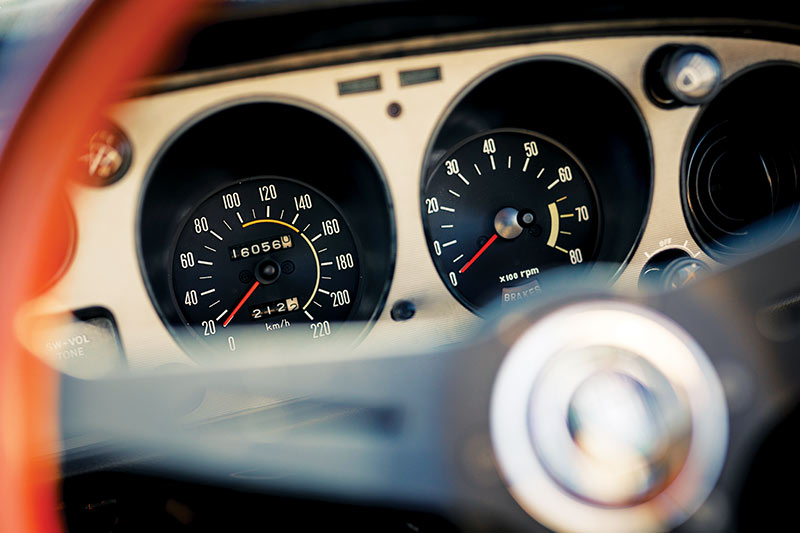
Interior & Electrics
Celica seats were quite often discarded early in the cars' lives and replaced with something more comfortable. If they are authentic, check the frames aren't bent or cracked and that the recline/tilt mechanism locks. Dash cracks are unavoidable and replacements seem to be unobtainable in Australia. Not so the kits of body rubbers for TA22 and RA23 models or new carpet sets. Check the hood-lining for stains indicating water is seeping past window rubbers. A Malaysian supplier advertised stocks of genuine Celica switchgear plus numerous other parts.
Toyota Celica specs
NUMBER BUILT: 290,000 (approx) 1971-76
BODY: all-steel integrated body/chassis, two-door coupe
ENGINE: 1588cc & 1964cc overhead camshaft four-cylinder with single carburettor
POWER & TORQUE: 76kW @ 6000 rpm 137Nm @ 3800rpm
PERFORMANCE: 0-96km/h 13.1 seconds, 0-400m 18.2 seconds (1600 manual)
TRANSMISSION: five-speed manual or three speed automatic
SUSPENSION: Independent with struts, coil springs and anti-roll bar (f). live axle with coil springs, Panhard rod & telescopic shock absorbers (r).
BRAKES: disc (f) drum (r) power assisted
TYRES: 165SR13 radial
Japanese Classic Car Value Guide home page
Sell your car for free right here
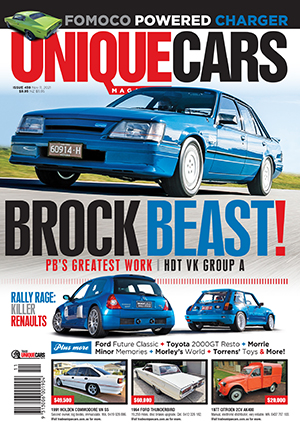
Subscribe to Unique Cars magazine for 12 months and save!
Australia's classic and muscle car bible. With stunning features, advice, market intelligence and hundreds of cars for sale.
Subscribe
Source: https://www.tradeuniquecars.com.au/buyers-guide/1806/1971-1977-toyota-celica-buyers-guide









Tidak ada komentar:
Posting Komentar